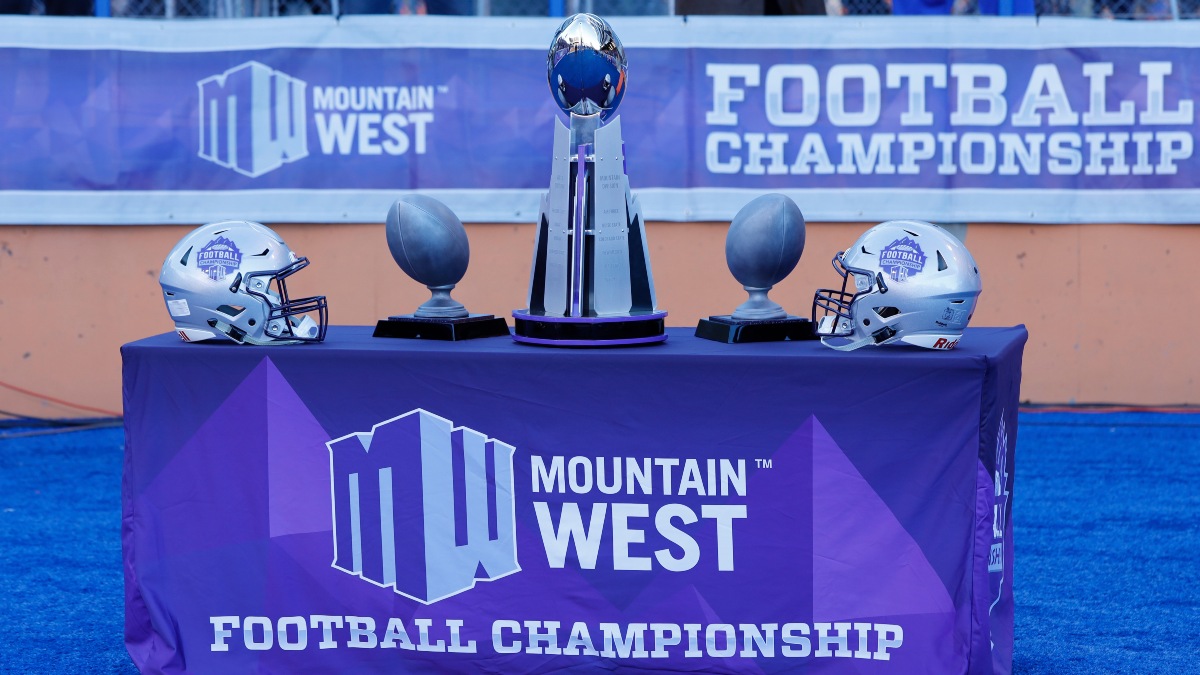The Shifting Landscape of College Football: The Pac-12’s Exodus and Its Impact on Group of Five Conferences
The college sports world has been in a state of upheaval over the past year, particularly in the realm of college football. The Pac-12 Conference, once a bastion of collegiate athletics, has seen a mass exodus of its member schools, driven largely by financial incentives and lucrative media deals. As these programs seek greener pastures in more financially stable conferences, the ramifications are being felt far beyond the Pac-12, particularly among Group of Five (G5) leagues.
The Exodus from the Pac-12
The seismic shifts began when powerhouse programs like USC and UCLA announced their move to the Big Ten, followed by Oregon and Washington. Colorado, Arizona, Arizona State, and Utah opted for the Big 12, while Cal and Stanford found new homes in the Atlantic Coast Conference (ACC). This left Washington State and Oregon State as the last two standing, often referred to as the "Pac-2."
The departure of these teams has left the Pac-12 in a precarious position. With only two teams remaining, the conference is no longer considered an autonomous league, which diminishes its influence in NCAA decisions and its financial clout, particularly concerning the College Football Playoff (CFP). The CFP’s automatic qualifying spots for conference champions have been reduced, further complicating the Pac-12’s future.
New Additions to the Pac-12
In a bid to revitalize the conference, the Pac-12 has announced the addition of Boise State, Fresno State, Colorado State, and San Diego State, set to join in 2026. This move is seen as a strategic effort to bolster the conference’s standing and potentially secure a more lucrative media deal. However, the Mountain West, which will lose some of its top teams, is now on the hunt for replacements to maintain its competitiveness.
The Pac-12’s ability to negotiate a favorable media deal is crucial, especially as it seeks to regain some of the financial stability it has lost. The conference’s diminished status raises questions about whether it can ever return to its former glory or if it will continue to struggle in the shadow of more powerful leagues.
The Impact on Group of Five Conferences
The fallout from the Pac-12’s turmoil is being felt acutely in the Group of Five conferences, which include the American Athletic Conference (AAC), Conference USA, the Mid-American Conference (MAC), the Mountain West, and the Sun Belt. With the Pac-12’s instability, the AAC had initially considered adding the remaining Pac-12 schools, but those discussions have since stalled.
The AAC has been proactive in solidifying its own membership, recently reaffirming commitments from schools like Memphis, Tulane, South Florida, and UTSA. These teams are now seen as key players in the AAC’s strategy to position itself as the next-best conference after the Power Five leagues.
Scheduling Agreements and Future Prospects
As the Pac-12 navigates its uncertain future, Washington State and Oregon State have entered into a scheduling agreement with the Mountain West for the upcoming season. This arrangement allows the two schools to maintain a competitive schedule while they explore their options for long-term stability. However, they will not be eligible for the Mountain West Championship, further complicating their path to postseason play.
The Mountain West’s decision not to extend its scheduling arrangement with the Pac-12 beyond this season underscores the shifting dynamics in college football. With the Pac-12 needing at least eight teams to maintain its status as a conference, the pressure is on to find suitable additions.
The ACC’s Legal Troubles
The ACC is not immune to the wave of realignment sweeping through college football. Clemson and Florida State have filed lawsuits against the conference, challenging its grant of rights agreement. Both schools have expressed dissatisfaction with the ACC’s media deal, which they believe is insufficient to compete with the financial powerhouses of the SEC and Big Ten.
The outcome of these legal battles could have significant implications for the ACC’s stability. If Clemson and Florida State successfully navigate their lawsuits, it could lead to further realignment, potentially leaving the ACC vulnerable to losing its most valuable programs.
The Future of the College Football Playoff
The College Football Playoff is also undergoing changes that will impact G5 teams. Starting in 2024, the CFP will adopt a new format that guarantees automatic qualification for the five highest-ranked conference champions, with the next seven highest-ranked teams filling out the playoff field. This change means that while at least one G5 team will still have a shot at the playoffs, the previous guarantee of two spots for G5 programs has been eliminated.
This shift in playoff structure reflects the evolving landscape of college football and the increasing divide between the Power Five and G5 conferences. As the Pac-12 struggles to maintain its relevance, the G5 teams must continue to adapt to a rapidly changing environment.
Conclusion
The college football landscape is in a state of flux, with the Pac-12’s decline serving as a cautionary tale for other conferences. As teams scramble for stability and financial security, the implications for Group of Five leagues are profound. The future of college football will depend on how these conferences navigate the challenges ahead, and whether they can find a way to thrive in an increasingly competitive environment.
